A large avalanche occurred on Tram Face at Squaw Valley this morning, just minutes before competitors were to start their runs. The contest is part of the Nissan Freeride World Tour. Witnesses in the vicinity of tram Tower One said the slide released spontaneously about 30 feet below them. More than a dozen competitors were standing on a knoll about 40 feet from the crown of the avalanche. The slide flushed out the face below the competitors and spilled over a large cliff band. Here’s a video of the slide from the valley floor, near the Olympic Village Inn.
Month: February 2010
CR Johnson was killed in a skiing accident at Squaw Valley on Wednesday. For complete story see this article.
This weekend (February 27 and 28) the World Freeride Tour is making a second attempt at putting the best skiers in the world on the legendary Tram Face at Squaw Valley. The permanently closed terrain on Tram Face ranges from steep on the lookers right to downright hairball on the lookers left. Many lines get poached illegally during ripe conditions. Opening this terrain to a legal ski contest is a revolutionary move by Squaw Valley.
Unfortunately the low elevation and east facing exposure means conditions do not stay in good shape for long on the Face. Typically one day of sun can destroy conditions. Avalanche debris fields can also create problems on the runouts. The current weather pattern calls for wet snow through Saturday and sunny on Sunday making it the most likely day for the contest. Locals are chomping at the bit to see this thing go. The terrain on Tram Face sits in full view of the valley floor including the village and parking lot with views improving as you get closer to OVI or gain elevation on the west side of Poulsen Peak. Let’s keep our fingers crossed…this could be a special event.
On February 16 a massive avalanche occured on Saddle Peak, just outside the southern boundary of Bridger Bowl, Montana. This peak gets skied frequently as Bridger provides legal backcountry access via the new Schlasman’s chairlift. The fracture line was approximately 1,000 feet long and the slide ran for about 2,000 vertical feet. Miraculously no one was caught despite several people on and around the peak at the time of the incident. The avalanche wiped out dozens of tracks from the day before. This avalanche is the quintissential example that skier traffic does NOT equal a safe snowpack. A snowpit video from December 17 displays extremely hard windslab on top of 3 inches of hoar that was ultimately going to release under the right trigger…in this case a large cornice set off by a skier. The slab shell was strong enough to protect the junk layer from volumes of skier traffic without any stabilization from skier compaction. This slide should win an award as the biggest wakeup call in the lower 48 this year. This truly could have had a devastating outcome. Here is a video of the slide:
Below is a short film of a road trip to Bridger Bowl in January. The movie includes footage of terrain below Saddle Peak. Many lines below Saddle are subject to substantial secondary exposure with limited exit chutes. Although snow conditions were fairly lean during our visit, we skied many classic lines off the ridge and even found quality pow in places thanks to our guide Sam Cox. We will definitely return for more as Bridger offers some of the most dynamic and challenging terrain in the US.
As the producers at Nut Hut Studios are still experimenting with editing tools, we discovered that some clips from Greybird were zoomed in during the stabilization process. This resulted in skiers being removed or clipped from portions of scenes that were accurately framed in original footage. Please forgive the oversight and enjoy this smoother version of the movie.
New book by Jennifer Woodlief documents 1982 avalanche disaster at Alpine Meadows
Review by Rob McCormick
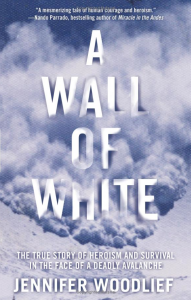 I like it when it snows. I like it when it snows really hard for days on end. I get depressed when the sun finally comes out after a long storm cycle. If you feel the same way you will love reading A Wall of White. This new book documents the mother of all storm cycles that ultimately led to the deadliest avalanche ever to occur at a North American ski resort.
I like it when it snows. I like it when it snows really hard for days on end. I get depressed when the sun finally comes out after a long storm cycle. If you feel the same way you will love reading A Wall of White. This new book documents the mother of all storm cycles that ultimately led to the deadliest avalanche ever to occur at a North American ski resort.
Nearly three decades after this historic slide, Jennifer Woodlief has written a detailed account of the event that occurred at the Alpine Meadows ski area on March 31, 1982. The book covers the history of the Alpine Meadows ski patrol and the dynamics of the slide and recovery. It also develops the cast involved with the tragedy including victims and rescuers.
In the early 1980s, snow safety at Alpine Meadows involved a scraggly bunch of ski patrollers and a variety of devices including hand charges, a 75mm recoilless rifle and a pack howitzer. Most patrollers were hard core, type t personalities that thrived on the inherent risk involved with snow safety. Most of the crew at one time or another had taken “rides” in smaller avalanches resulting from ski cutting potentially dangerous slopes to make them release. Storm days involved throwing upwards of 100 gelatin dynamite hand charges onto potential slide zones. Also used was a recoilless rifle which had a one hundred foot kill zone out the back end making it especially dangerous to operate. It was used to trigger larger unstable slopes from greater distances during brutal storm conditions. The rifle was retired in the early 90’s after it exploded and killed a forest service employee. Another device no longer in use was a military pack howitzer which rolled around on two wheels allowing for great mobility. Patrol would fire it from various locations around the parking lot. One time the howitzer was brought down to the intersection of highway 89 and River Ranch to release the unstable snow above the road. It’s operators misjudged the trajectory and fired a round over Mt. Watson and into Lake Tahoe.
A Wall of White goes to great length building characters that were affected by the avalanche. Several of the victims were ski vacationers staying at the condos near the base of the ski area. A few family members decided to walk through the blizzard to the Alpine base lodge via the parking lot at the perfectly wrong moment that the avalanche roared down from the mountain. Other casualties included Alpine Meadows employees that were stationed in the Summit Terminal Building which was obliterated by the avalanche.
Jake Smith was a very popular, free spirited ski patroller who was caught and buried by the slide while snowmobiling on the far end of the Alpine parking lot. After his death his brother spent three years lobbying to the US Board on Geographic Names to have a West Shore Lake Tahoe peak named after Jake. Many Tahoe skiers are familiar with Jake’s Peak which is a backcountry classic.
The most amazing survival story is that of Anna Conrad, who lived for five days trapped in an air pocket within the Summit Terminal Building. Her rescue was the first time a dog was used to locate an avalanche victim. Dogs are now commonplace with both Alpine and Squaw Valley ski patrols. The most tragic thing about the victims of this avalanche is that they were not typical risk takers that put themselves into dangerous situations to ski spectacular terrain. They were merely innocent bystanders that were caught extremely off guard by a massive climax avalanche that was on par with a hundred year storm type of event.
The book does a fantastic job at conveying the truly amazing amounts of snow that fell during a period of ten days. It is almost inconceivable that rescue operations had to halt for nearly four days after the avalanche because it continued to snow almost as much as it had to create the original avalanche conditions. When the storm finally subsided, a helicopter was used to drop explosives over the road below the Five Lakes area between Squaw Valley and Alpine Meadows. Some of the charges release slides that left crowns over twenty feet deep.
A Wall of White is a must read for Tahoe residents since the story it tells is a major part of North Lake Tahoe history and ski history in general. It is also a great read for skiers, adventure enthusiasts and anyone else who gets excited by copious amounts of snowfall and the potential hazards it brings to a community. Despite the grim side of the story there are many accounts of tremendous will to live and to save lives in the shadow of a killer avalanche.
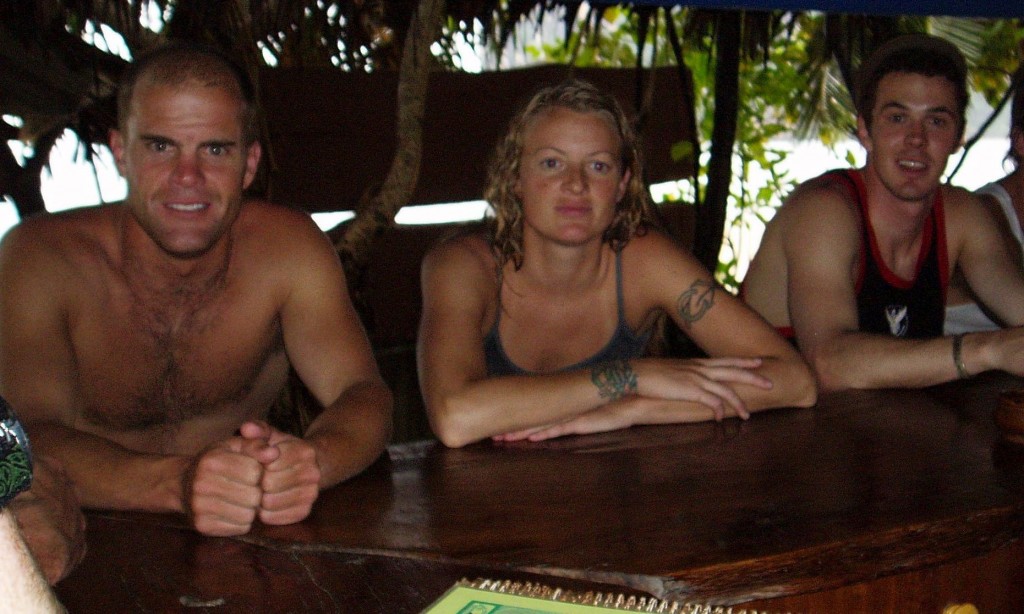
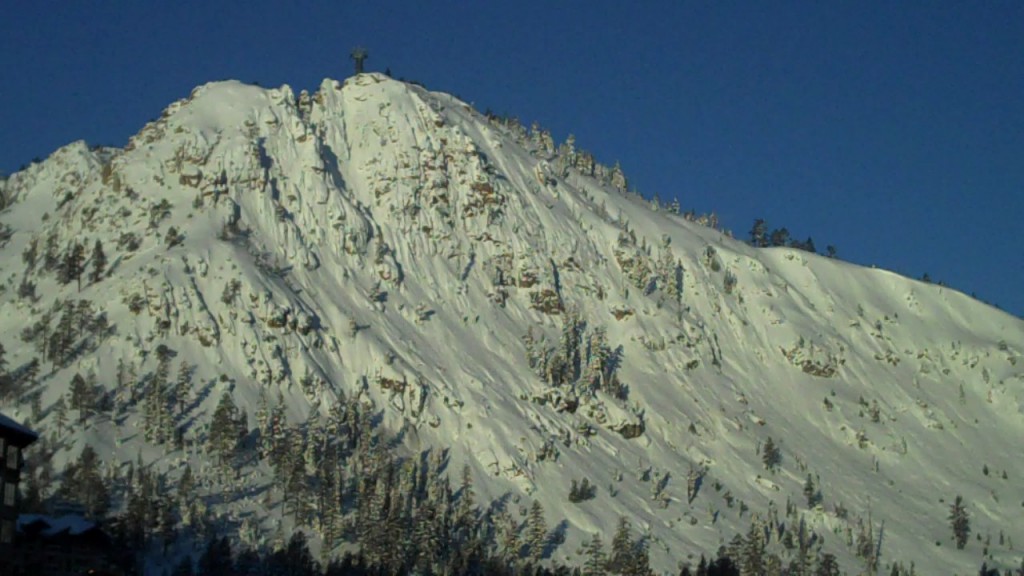

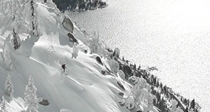
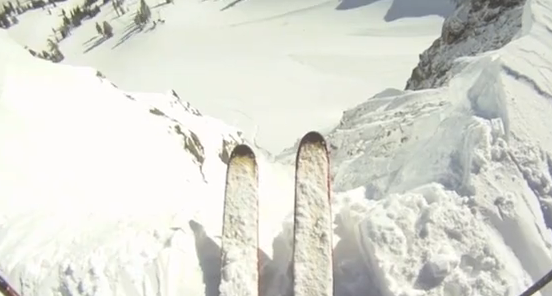


Recent Comments